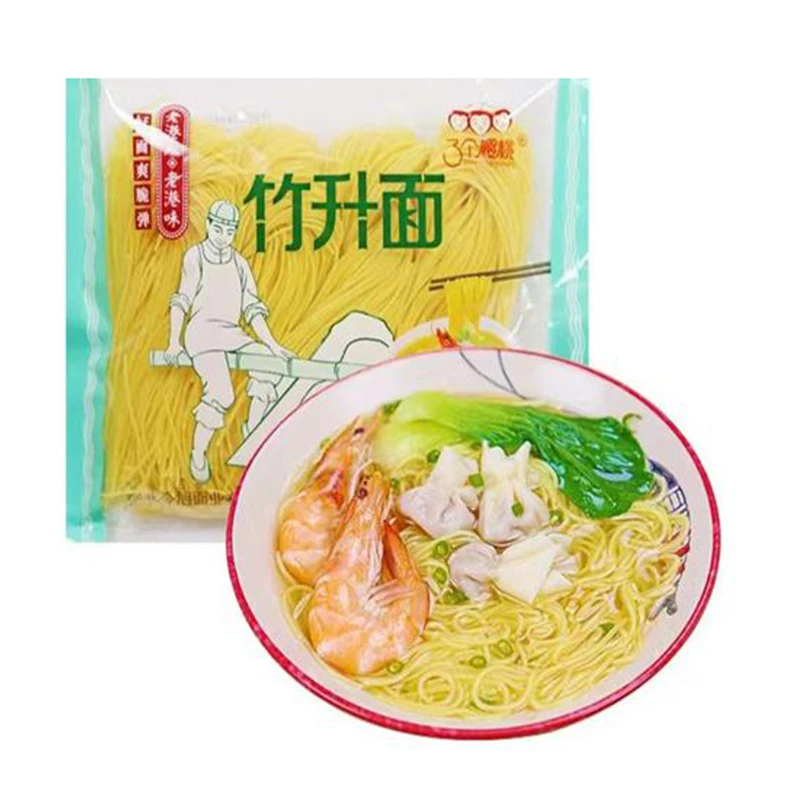Refreshing Japanese Buckwheat Noodles Perfect for Cold Dishes and Summer Meals
Japanese Cold Buckwheat Noodles A Healthy and Refreshing Delight
Japanese cuisine is renowned for its emphasis on freshness, seasonality, and simplicity. Among its many culinary delights, cold buckwheat noodles, known as soba, hold a special place, especially during the warm summer months. This article explores the unique qualities of cold soba, its nutritional benefits, and offers some insights into its preparation and serving.
Buckwheat, a powerhouse of nutrition, is an ancient grain that is gluten-free and packed with essential nutrients. Despite its name, buckwheat is not related to wheat; rather, it belongs to the same family as rhubarb and sorrel. It's cultivated primarily in East Asia, making it a staple in Japanese cuisine. Soba noodles are traditionally made from 100% buckwheat flour or a combination of buckwheat and wheat flour, resulting in a slightly nutty flavor and a firm yet tender texture.
Japanese Cold Buckwheat Noodles A Healthy and Refreshing Delight
A traditional way to enjoy cold soba is with a dipping sauce known as tsuyu. Tsuyu is a flavorful blend of dashi (a Japanese soup stock), soy sauce, and mirin (sweet rice wine). This dipping sauce adds umami, depth, and a hint of sweetness, perfectly complementing the delicate flavors of the soba. Additionally, garnishes such as chopped scallions, wasabi, and grated daikon radish can enhance the dining experience, providing vibrant colors and contrasting flavors.
japanese cold buckwheat noodles

Cold soba can also be elevated with various toppings and ingredients. Some popular options include tempura (battered and fried vegetables or shrimp), sliced meats, and fresh vegetables such as cucumber and carrots. These toppings not only enhance the visual appeal of the dish but also contribute to the overall flavor and nutritional value. The incorporation of seasonal ingredients makes soba a versatile dish that changes with the seasons.
The health benefits of cold buckwheat noodles are significant. Buckwheat is rich in antioxidants, vitamins, and minerals, including B vitamins, magnesium, and iron. It has been associated with various health benefits, such as improved heart health, better digestion, and reduced inflammation. Moreover, buckwheat is known for its ability to stabilize blood sugar levels, making it an excellent choice for individuals managing diabetes. Additionally, its high protein content makes it a great option for vegetarians and those looking to incorporate more plant-based proteins into their diets.
As the popularity of soba continues to grow, many people are finding ways to enjoy this traditional dish beyond its original context. Cold soba is now often featured in fusion cuisines and can be found in various culinary settings worldwide. Creative chefs are experimenting with flavors, introducing ingredients such as avocado, sesame, and spicy sauces, offering new and exciting interpretations of this classic dish.
Whether enjoyed as a simple meal or a gourmet creation, cold buckwheat noodles exemplify the beauty of Japanese cuisine. They celebrate the quality of ingredients and reflect a harmonious balance between taste and health. For those looking to explore the refreshing world of Japanese soba, making a simple bowl at home can be both satisfying and nourishing.
In conclusion, cold buckwheat noodles are more than just a meal; they embody a cultural tradition that emphasizes quality, health, and seasonal enjoyment. With their delightful taste, impressive nutritional profile, and adaptability, cold soba noodles are a culinary experience worth savoring. Next time the weather heats up, consider reaching for this refreshing dish that is both delightful and beneficial for your well-being.
-
Unleash Your Inner Chef with Delectable Italian Pasta CreationsNewsAug.01,2025
-
Savor Health and Flavor: Irresistible Soba Noodles for Sale Await!NewsAug.01,2025
-
Nourish Your Body with Premium Organic Ramen - A Culinary Delight AwaitsNewsAug.01,2025
-
Elevate Your Dishes with Our Exquisite Kinds of Egg NoodlesNewsAug.01,2025
-
Dive into Flavorful Convenience with Our Ramen OfferingsNewsAug.01,2025
-
Discover Exquisite Types of Naengmyeon and Chilled Soba NoodlesNewsAug.01,2025
-
Is Whole Wheat Pasta Healthy?NewsMay.30,2025
Browse qua the following product new the we

















































































































